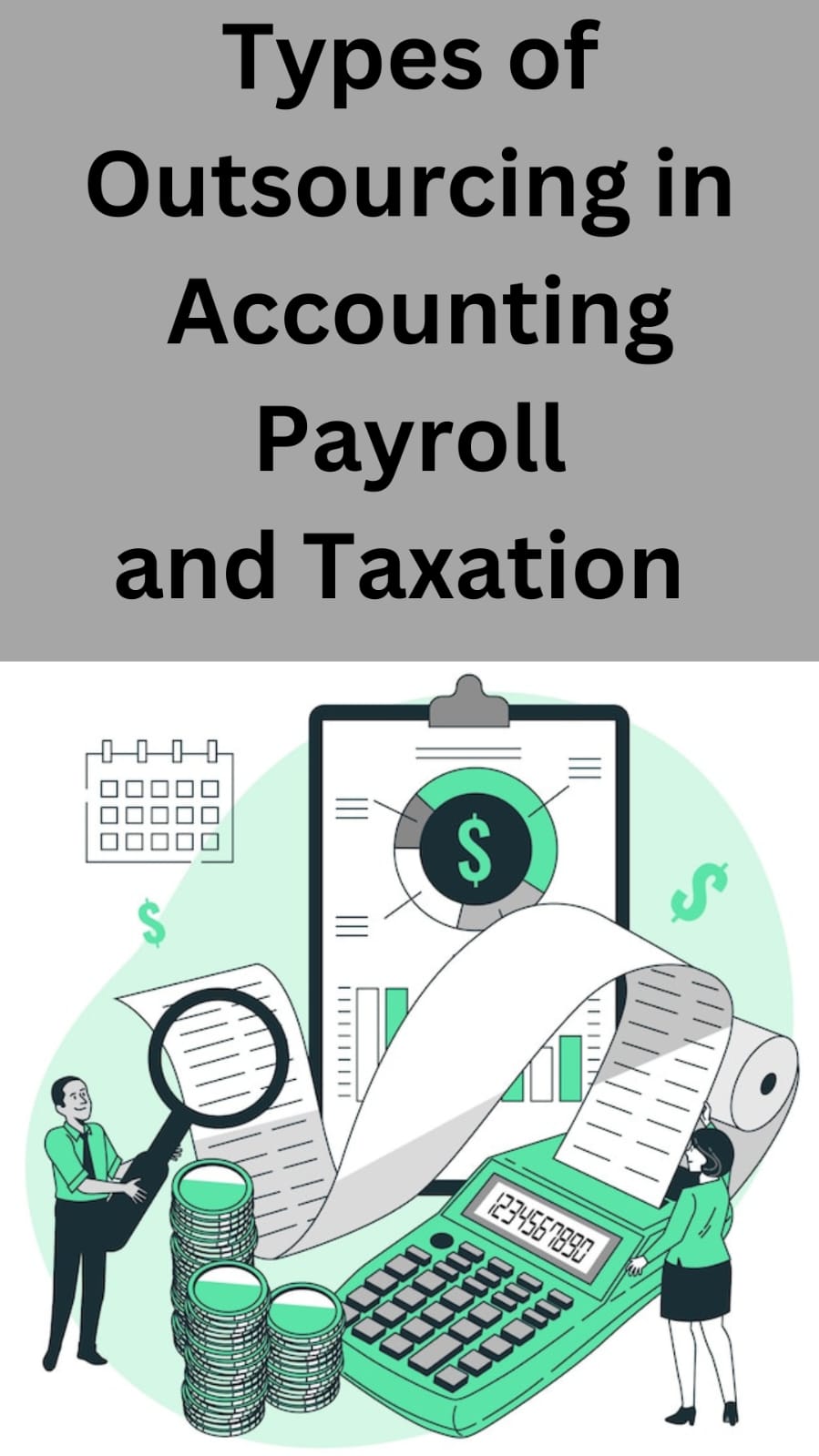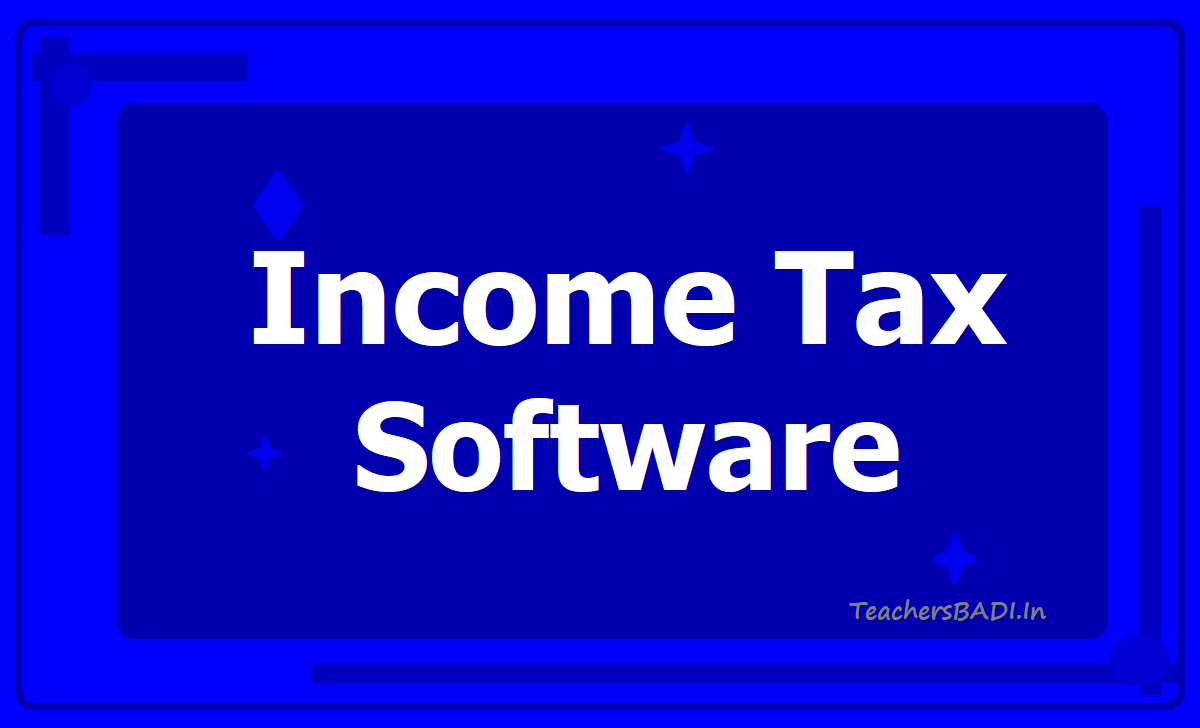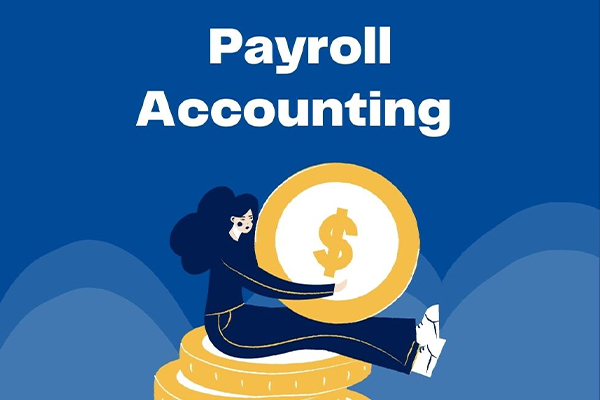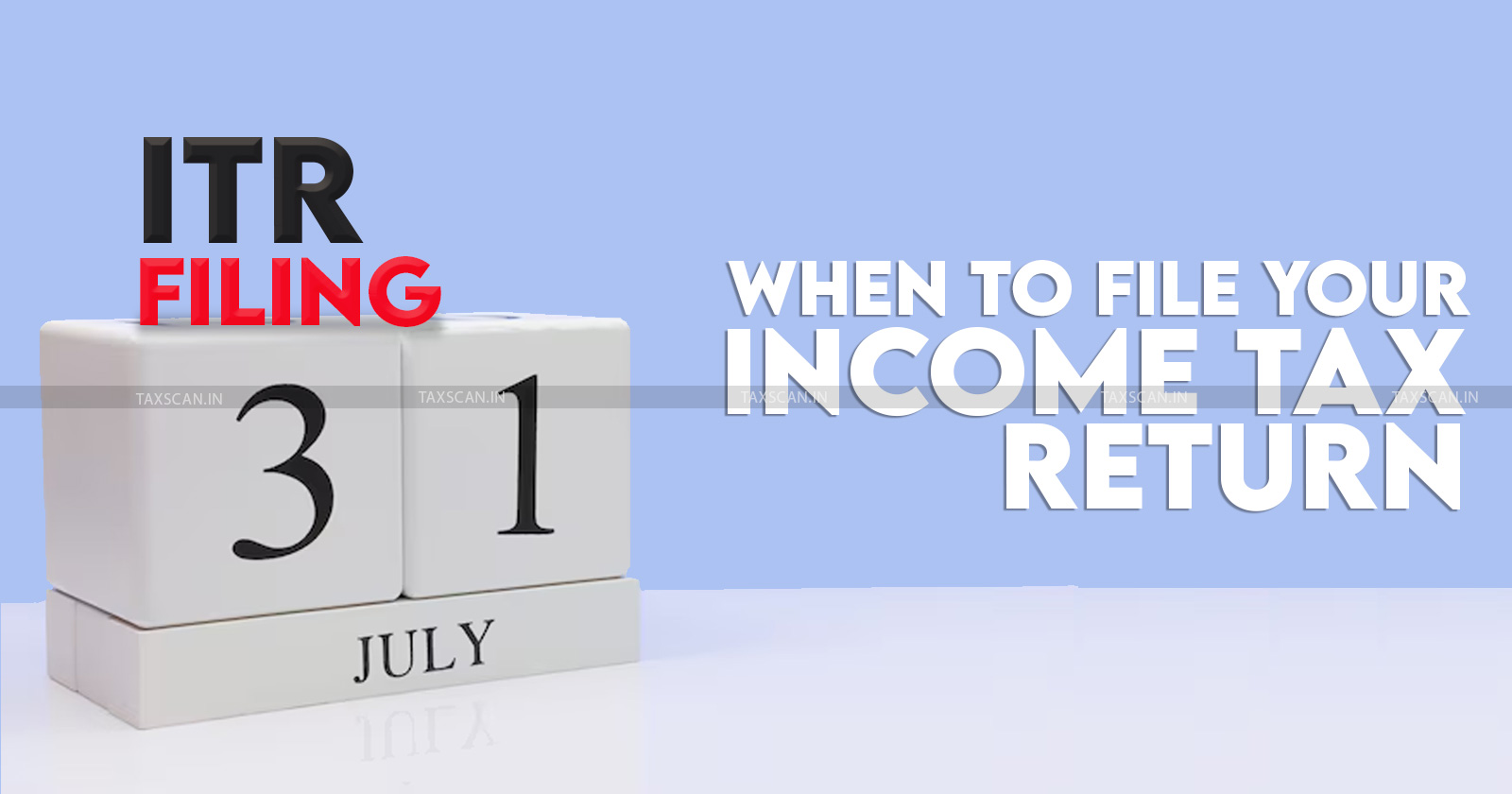Difference Between FUTA and FICA
When it comes to payroll taxes in the United States, two of the most commonly discussed taxes are the Federal Unemployment Tax Act (FUTA) and the Federal Insurance Contributions Act (FICA). Although both FUTA and FICA are payroll taxes, they serve different purposes, are calculated differently, and have distinct impacts on both employers and employees. Understanding these differences is crucial for both employers and employees to ensure compliance with tax laws and proper financial planning.
When it comes to payroll taxes in the United States, two of the most commonly discussed taxes are the Federal Unemployment Tax Act (FUTA) and the Federal Insurance Contributions Act (FICA). Although both FUTA and FICA are payroll taxes, they serve different purposes, are calculated differently, and have distinct impacts on both employers and employees. Understanding these differences is crucial for both employers and employees to ensure compliance with tax laws and proper financial planning.
1.Purpose:
The Federal Unemployment Tax Act (FUTA) is a federal tax that employers pay to fund unemployment benefits for workers who have lost their jobs.
TheFederal insurance Contributions act (FICA) is a tax that employers and employees pay to fund Social Security and Medicare benefits for retired, disabled, and deceased workers and their families.
2.Tax Rates and Wage Base:
The FUTA tax rate is 6% of the first $7,000 that each employee earns during the year, but employers can take a credit of up to 5.4% for state unemployment taxes paid, resulting in a net FUTA tax rate of 0.6%.
The FICA tax rate is split between employers and employees, with each party paying 7.65% of the employee's wages. This is made up of 6.2% for Social Security and 1.45% for Medicare.
3.Who Pays:
FUTA is solely paid by the employer.
FICA is split between the employer and the employee.
4.Filing Requirements:
FUTA is reported annually on Form 940.
FICA is reported quarterly on Form 941.
Conclusion
FUTA and FICA are both essential components of the U.S. payroll tax system, but they serve different purposes and are structured differently. Employers must ensure they understand the requirements for both taxes to maintain compliance with federal regulations and properly support their employees. For employees, understanding FICA is crucial, as it directly impacts their Social Security and Medicare benefits in the future. By knowing the differences between these taxes, both employers and employees can navigate the payroll tax landscape more effectively.














































